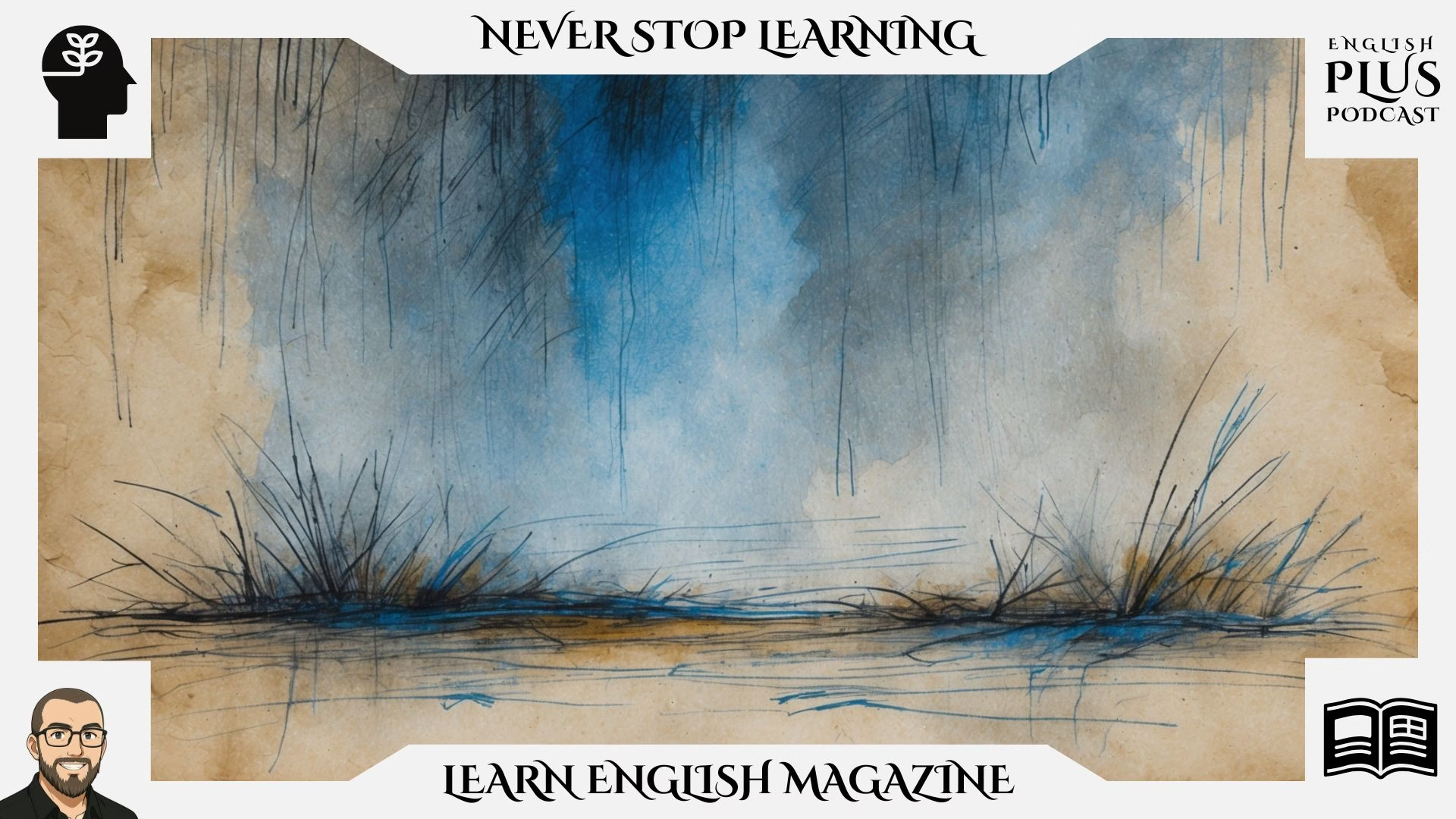Mastering Descriptive Writing: The Feeling of a Rainy Morning
Welcome! This lesson is designed to help you sharpen your descriptive writing skills, a crucial ability for many English proficiency exams and effective communication in general. The best way to approach this is to read through the explanation and steps first to get a clear picture, then actively engage with the exercises and try drafting your own paragraph alongside the guide. Let’s dive in!
The Challenge: Capture the Feeling
Our task today is to write a descriptive paragraph of about 150 words capturing the feeling of a rainy morning. Notice the emphasis on feeling. We’re not just listing what we see; we’re aiming to evoke a specific mood or atmosphere through sensory details. Many English exams include tasks requiring descriptive skills, whether describing a place, an object, or an experience. Mastering this helps you create vivid and engaging writing.
Our Plan:
- Brainstorm Sensory Details: Think about what you see, hear, smell, feel (touch), and even taste (less common here, but possible) during a rainy morning. Crucially, consider the emotions or mood these details evoke.
- Structure the Paragraph: Start with a sentence that sets the scene or introduces the main feeling. Follow with supporting sentences that provide specific sensory details. End with a sentence that reinforces the overall mood or offers a concluding thought.
- Drafting and Refining: Write a first draft focusing on getting ideas down. Then, refine it by choosing stronger vocabulary (verbs, adjectives, adverbs), using figurative language (similes, metaphors) if appropriate, and ensuring smooth flow between sentences. Pay attention to the word count.
Step-by-Step Walkthrough:
Okay, let’s start brainstorming. A rainy morning… What comes to mind?
- Sight: Grey skies, blurred windowpanes, raindrops splashing on puddles, wet streets reflecting light, mist clinging to trees, gloomy light indoors.
- Sound: Patter of rain on the roof/window, distant thunder, gurgling drains, splash of tires through water, unusual quietness of the street.
- Smell: Damp earth (petrichor), wet leaves, maybe coffee brewing indoors.
- Touch/Feeling (Physical): Cool air, dampness, the warmth of a blanket or mug, condensation on glass.
- Feeling (Emotional/Mood): Cozy, sleepy, melancholic, peaceful, introspective, slightly gloomy, refreshing.
Now, let’s try structuring. We need a central feeling. Let’s aim for ‘cozy introspection’.
Topic Sentence Idea: The world outside was muted, wrapped in the soft grey embrace of a rainy morning.
Supporting Details (Drafting – First Pass): Rain hit the window. It sounded nice. The street was wet. It felt cool inside. I felt like thinking.
This is too simple! This is a bad example. It lacks vividness and sensory detail. It tells rather than shows.
Let’s try enriching it, focusing on showing the feeling:
Refining – Adding Detail: The world outside the window pane was a watercolour wash of grey. Raindrops tapped a steady, hypnotic rhythm against the glass, a sound both persistent and soothing. Below, the street glistened, reflecting the blurred halos of streetlights, unusually quiet for the hour. A cool dampness, carrying the earthy scent of wet pavement, seeped into the room, making the warmth of my blanket feel even more comforting. It was a morning that invited stillness, a quiet space carved out of the usual rush, perfect for slow thoughts and observation.
Let’s check the word count and refine further for better flow and vocabulary, ensuring we stick close to 150 words.
Polished Sample:
The world beyond the windowpane dissolved into a watercolour wash of grey. Rain tapped a steady, hypnotic rhythm against the glass – a persistent yet soothing percussion that seemed to slow time itself. Below, the usually bustling street glistened under the blurred halos of streetlights, reflecting the muted sky in slick, dark mirrors. A cool dampness, rich with the earthy scent of wet pavement and soaked leaves, seeped subtly into the air. This wasn’t sadness, but a quiet introspection, a feeling of being pleasantly cocooned indoors. The rhythmic drumming invited stillness, carving out a peaceful space perfect for contemplation, watching the world outside cleanse itself under the steady downpour.
See how using specific verbs (‘dissolved’, ‘tapped’, ‘glistened’), sensory adjectives (‘hypnotic’, ‘soothing’, ‘slick’, ‘dark’, ‘earthy’), and focusing on the effect (‘slow time itself’, ‘invited stillness’) creates a much stronger impression? Common mistakes include being too generic, only listing visual details, or not connecting the details to a specific feeling or mood.
Key Takeaways:
- Focus on evoking a feeling or mood.
- Use all relevant senses (sight, sound, smell, touch, feeling).
- Show, don’t just tell. Use vivid verbs and specific adjectives.
- Structure your paragraph logically (topic sentence, supporting details, conclusion).
- Refine your word choice and sentence flow.
Optional Challenge:
Ready to practice more? Try writing a 150-word descriptive paragraph capturing the feeling of walking into a very crowded, noisy marketplace. Remember to focus on the sensory overload and the atmosphere! This is how you build skill – through consistent practice. Go for it!











0 Comments